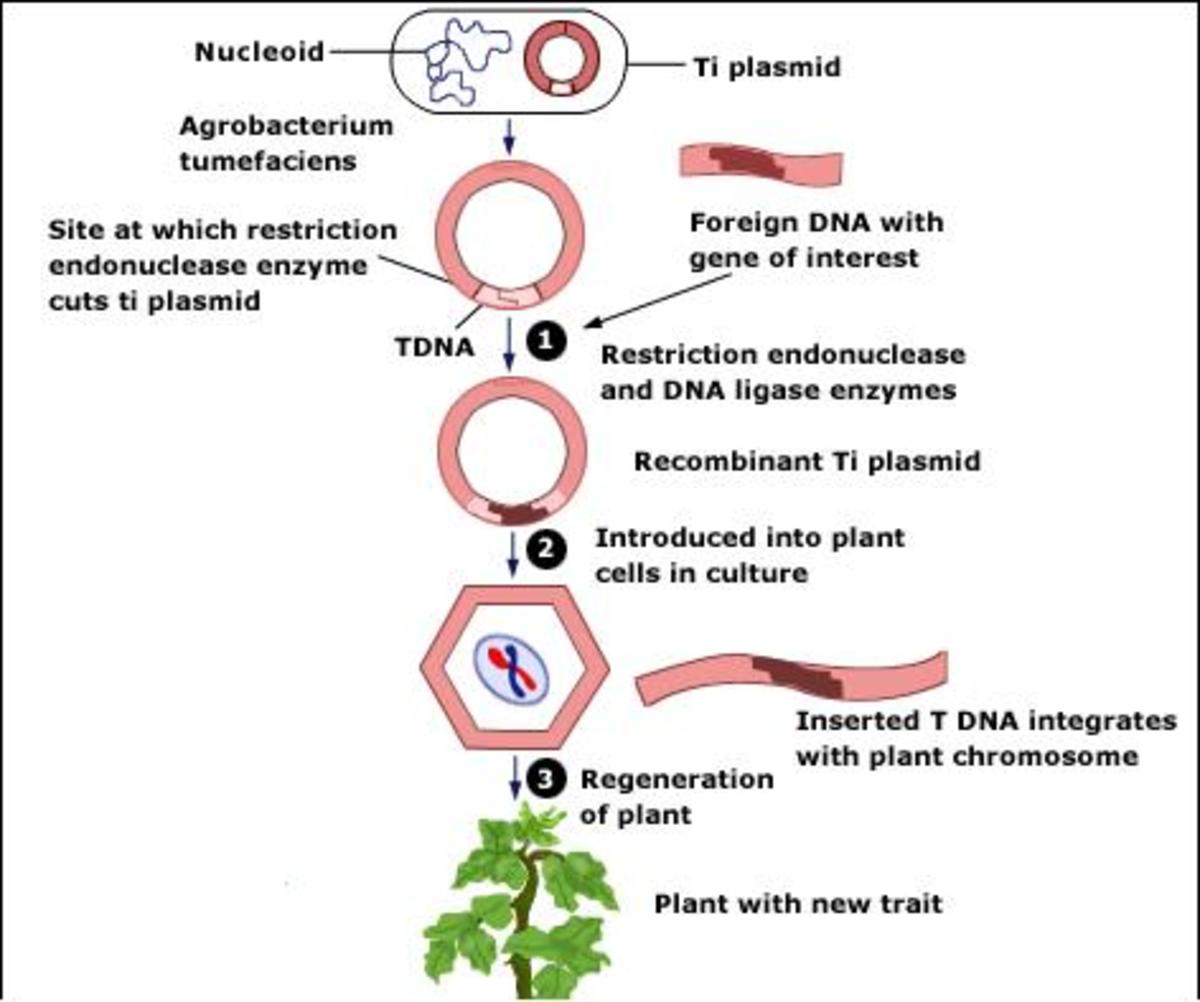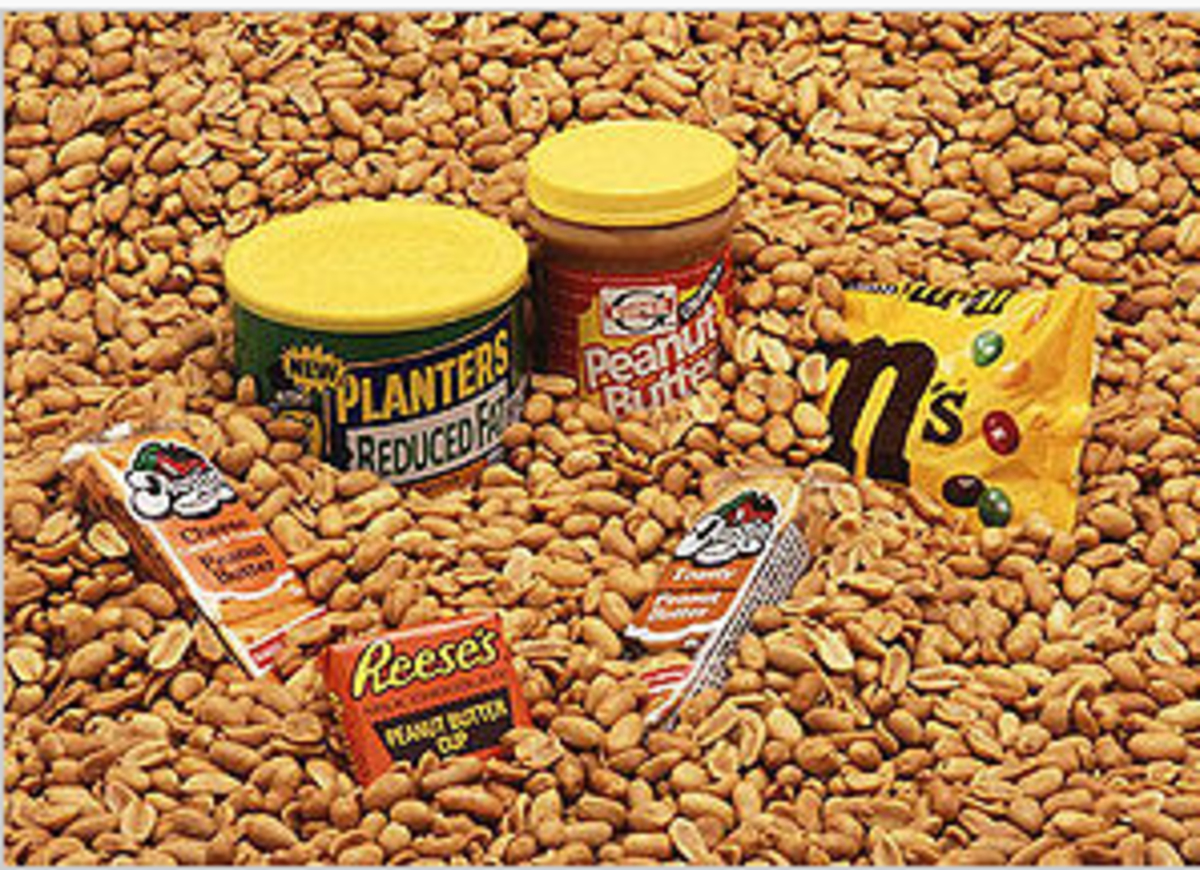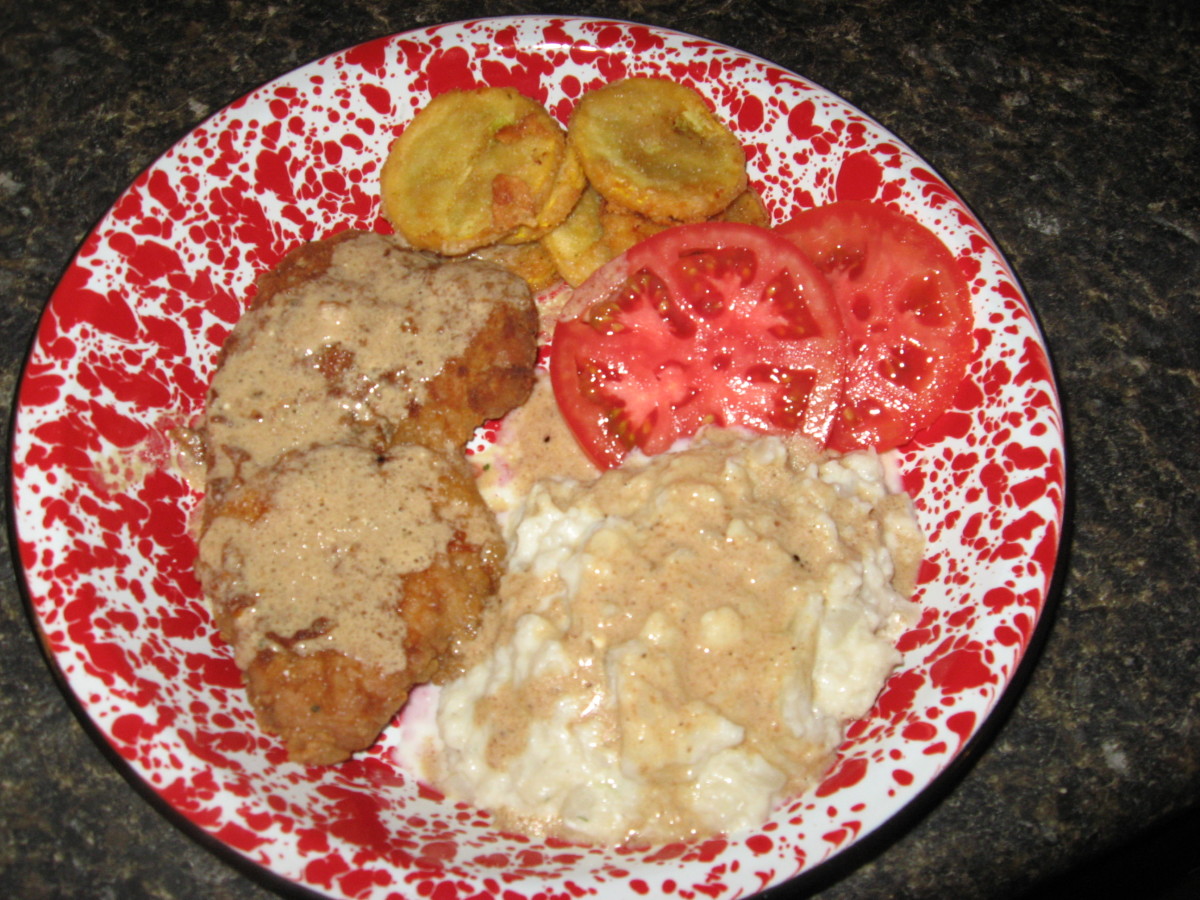GMO-a brief history
Genetically Modified Food
An Introduction of Bioengineered Food and the Affects of Genetically Modified Organisms
The Taber’s Cyclopedia Medical Dictionary defines Genetically Modified Food as: Any crop or agricultural product altered by biological engineering for drought resistance, increased growth, resistance to pest or pesticides, prolonged shelf-life, altered textures or flavors, or any other economically desirable characteristics. (Credoreference).
A History in Brief
Charles Darwin’s (1809-1882) theory of natural selection states that plants and animals with strong survival traits live to pass them on to subsequent generations. (Freedman). With this theory the idea of the survival of the fittest is introduced. The earliest form of natural selection date back as early as ten thousand BC, in areas of Mesopotamia, Iran, Iraq, Israel, Turkey, and Southwestern Asia. Wild plants were cultivated and developed in to the more common varieties we are familiar with today. The plants with the most desirable traits would have their seeds saved for replanting allowing the strong or desirable traits to be reproduced in the next generations. In the same time period cattle was selected for the dominate traits and then breed.
Gregor Mendel (1822-1884) determined that traits were passed from generation to generation by means of genetic factors (genes) in 1866. His experiments showed that if the pollen of a flower with recessive genes was cross-pollinated with a flower with dominate genes, the dominate genes would be produced in a higher ratio then the recessive gene. These traits were determined by the size, shape, color, and other factors of the flower and plant overall as well as the seed pods. Mendel’s work laid the foundation for the science of genetics and the deliberate scientific breeding of plants and animals.
Hybridization is the process of combining two different types of plants and coming up with a new breed of plant. This process has been in use for many years but is more and more relevant with the introduction of new species of food on the market. The trend of this hybridization is referred to as Frankenstein foods by people who deem this to be an un-natural process. Some of the varieties of hybrid foods are in our market right now. The Aprium which is a cross between an apricot and a plum that appears as an apricot but with less fuzz on the skin. (Bryner) It also is sweeter than either a plum or an apricot. This is j just a beginning, there are many hybrids being processed to present to the consumers in the up-coming years.
Other traditional methods of plant “improvement” are thru cross-fertilization or tissue culturing. Cross-fertilization is the process of using two plants with a select desired trait is cross-pollinated to produce a breed possessing the desired traits from the original parent plant. Tissue culturing is where a new plant is grown from cells or small pieces of a parent plant. This is an early form of the cloning process. Breeders sometimes expose the cells to various types of radiation, gamma rays, x-rays, or chemicals in hopes of causing mutations in the offspring that may result in new varieties of plants. (Freedman)
In 1987 the first genetically modified animal was developed for use in cancer research at Harvard University and open new doors in the availability of culturing cell structures in the advancement in science and medical research. Since 1987 there have been more than forty different breeds of animals genetically modified for science, medical and consumption study. These animals included but were not limited to pigs, cows, fish, sheep, monkeys, and seahorses.
The first genetically modified food produced for mass production was distributed in 1993 and titled the Flavr Savr Tomato. This tomato was genetically altered to have a delay in the ripening allowing for the ability to transport further distances and for the product to remain firmer during transportation for sale. By 1997 The Flavr Savr had disappeared from store shelves without any given reasoning.
In 1997 genetics was extended and pushed the barriers into cloning with the introduction of Dolly the Genetically Cloned Sheep. “Dolly” was the work of Dr. Ian Wilmut at the Roslin Center in Scotland. There is debate as to whether “Dolly” was really the first successful clone or if it was another named “Polly” from the same genetic make-up. Regardless “Dolly” was the world’s first cloned superstar.
The cloning process is accomplished by removing an egg cell from the desired animal. The nucleus of the egg cell from the animal to be cloned is then isolated and placed into the receiving egg cell. The egg is then placed into a surrogate and allowed to fully develop. To develop these clones cost around twenty thousand dollars each. This may not seem very economical or affordable from the standpoint of under-developed countries that are in need of the modified food but the outcome trickles down to the following generations. It is not the initial clone that is used for consumption it is the offspring used to reproduce and multiply to feed the people. This descent in generation allows there to be an assurance of lack of abnormalities or unwanted mutations.
Genetically Grown Crops
The genetic modification of plants starts by isolating a chromosome in the base group of plants. Into this chromosome is injected a gene with the desired trait. There are two methods used to inject the chromosomes commonly used; the Bacterial Vector Method and Biolistics.
The bacterial vector method in done by Agro Bacterium Tumefaciens have developed a process of inserting DNA into plant cells which allows the plant to sustain and produce substances so that a bacterium can live on them. The gene containing the desired traits is inserted into the bacteria. The bacteria is then exposed or introduced to the plant holding the substance. The genetically modified bacterium inserts the gene it carries to the plant.
Biolistics uses microscopic particles of gold or magnesium-tungsten coated with a solution containing a transferring gene. A “gene gun” is used to “shoot” the solution covered particles into plant cells or plant embryos. The particles then penetrate the nuclei depositing the gene with the desired trait. The genes are then incorporated into the plants DNA structure causing the desired result.
A desired gene is sometimes linked to a “marker gene”. This form of gene tracking allows scientists to isolate the plants that have successfully received the new genes. The linked gene is added to the desired gene which allows for a variable of defect. One example of this is when a gene resistant to a certain type of antibiotic is deliberately linked to the desired gene. After the plants have been injected with the genes the entire crop is exposed to the antibiotic. The unaffected plants have successfully received the desired gene and will be the ones to be chosen for duplication. Gene markers allow scientist to follow strains thru generations.
The International Service for the Acquisition of Argi-biotech Applications (ISAAA) projects that more than one hundred million acres of land worldwide are dedicated to genetically modified crops. (Freedman). These crops are modified for enhancement of certain characteristics some of which are: resistance of disease, tougher skin, more vitamins, mass-production, and improved flavor.
Modified animal/cattle species
Animals are modified thru a process called microinjection. In this process a single egg cell is injected with a tiny syringe containing the genetically modified gene. The new gene is then (hopefully) incorporated in to the chromosomes of the egg cell. The egg cell is then placed into a host surrogate and allowed to fully develop. Cloning is accomplished through microinjection.
The hope in improving animals and livestock through genetic modification is to produce offspring which form resistance to common diseases such as hoof-and-mouth and the growth of meat with less fat content and higher muscle mass.








